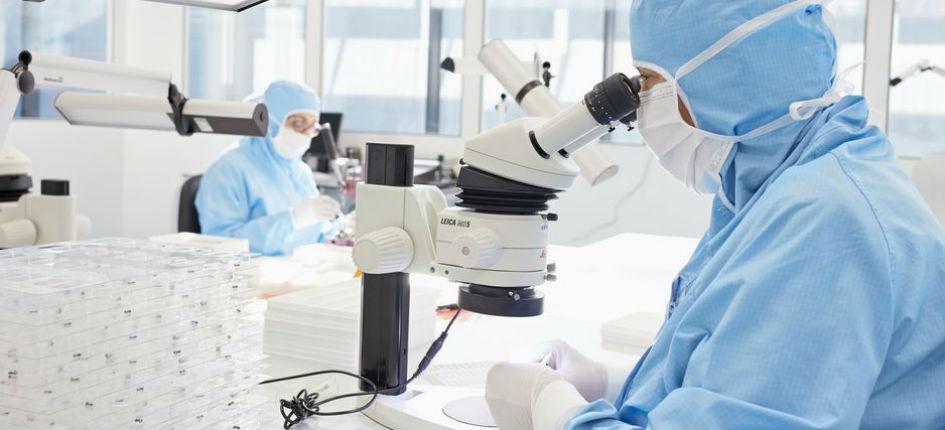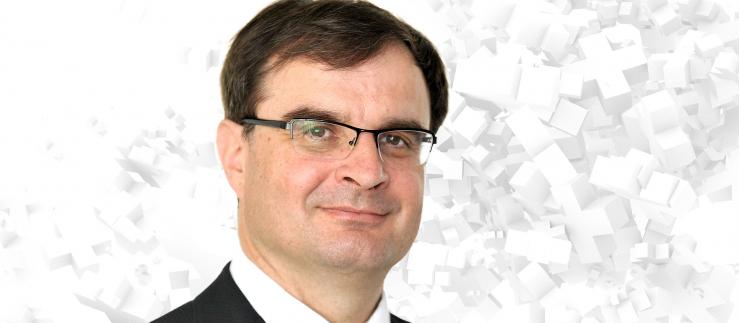The market for medical technology in Japan is set to grow in the future, driven by an excessively aging population and government initiatives. It also offers opportunities for international suppliers with sufficient resources, although there are certain things medical technology manufacturers wishing to enter the Japanese market should keep in mind. “The Japanese market is definitely not a market for imitators. You need independent, innovative products,” says Daniel Strasser, Global Market Manager of Healthcare at Sulzer MIXPAC AG. His Swiss company offers solutions for packaging, dosing, mixing and applying single- and multi-component materials. The company is a global leader in the dental market and has had a presence in Japan for over 25 years, and now with new products and system solutions, Sulzer MIXPAC is also becoming increasingly active in medical technology, for example in wound treatment, tissue sealing and vascular surgery. “New technologies whose innovative character can be clearly demonstrated and which have already been successful in other markets have particular potential in the Japanese medical technology market,” says Strasser. There is a very high level of awareness of product quality and safety in Japan, he notes.
Companies must schedule sufficient time
Companies wishing to enter the Japanese market successfully should also adopt a Japanese approach to the factor of time, the manager recommends. “The Japanese market has a long-term focus and is rather cautious. Companies in Japan always verify first whether a product is already available on the market,” Strasser says. “Moreover, the research and development cycles for joint project development take a long time. For each order issued, regulations and procedures must be coordinated in advance, because the delivery times are extremely short.” A company interested in entering the Japanese market therefore needs perseverance and sufficient financial resources so that it can fall back on external support from consultants or qualified personnel if necessary. A consistent market presence is also important, and this is why Strasser travels to Japan several times a year to maintain contacts. Even if Sulzer MIXPAC already has a strong network in the dental sector, this does not necessarily make the entry into medical technology easier, Strasser explains: “There are other rules and other regulations.”
Approval processes as a barrier
The approval process for medtech devices in Japan is complex. The higher the hazard class, the more time the approval can take. “For Class 3 and 4 devices, this can take one and a half years or more,” says Shayesteh Fürst-Ladani of SFL Services, a Swiss expert in regulatory affairs for medical devices. In addition to fees for regulators, which can be up to 80,000 euros for Class 3 for example, there are high costs for consultants. Nonetheless, the approval process makes having a local partner indispensable, as much information from regulators is not available in English. Fürst-Ladani stresses that a Japanese-speaking partner that not only translates but is also familiar with the institutions and their scope for interpretation leads to greater acceptance by regulators.
In the meantime, however, there are also efforts in Japan to adapt international standards. The MHLW adapted the local regulations on quality management for medical devices to the ISO standard (ISO13485:2016) in 2016. Japan is also a member of the International Medical Device Regulators Forum (IMDRF), which intends to harmonize the regulation of medical devices. “The convergence of different regions is a very important initiative, but it is also a lengthy process. National differences between approval rules will continue to exist,” says Shayesteh Fürst-Ladani. German, Austrian and Swiss companies should obtain sufficient information from their export support agency before taking concrete measures to enter the Japanese medical technology market. The regulatory situation is a bit simpler for suppliers but there too, a long development phase is to be expected. Nevertheless, with innovative products that have already been successful in other markets, the Japanese market offers good growth potential.
This article was published in the magazine Japanmarkt 09/10 2017.
Are you interested in the Japanese market? Our consultant for Japan, Jacqueline Tschumi, can help. Contact us now
Switzerland Global Enterprise also creates individual market analyses. These give you answers to your questions and represent an important basis for market entry in Japan.




